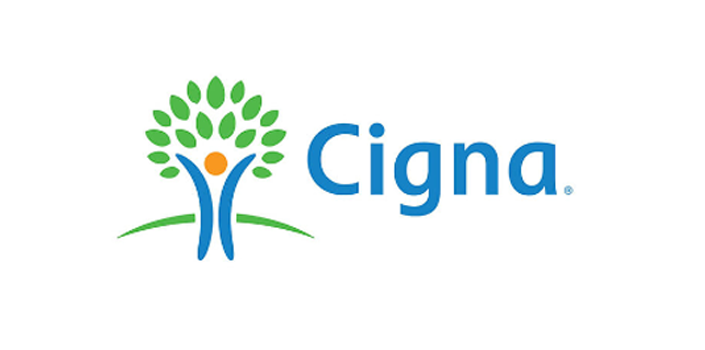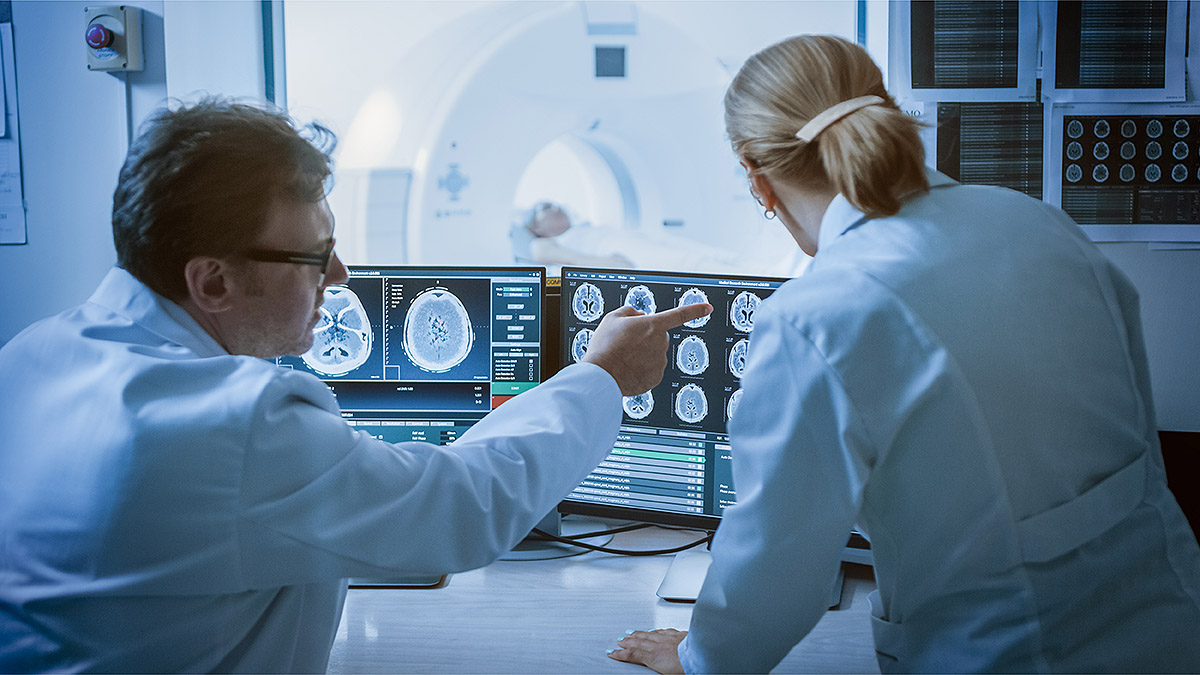Insured Patients
For those patients who have private medical insurance, booking an appointment with Saurabh is easy. He is registered with many insurance companies including BUPA, AXA, Vitality and Signa.
Self-funding Patients
For those patients who are not insured but wish to fund their treatment personally; can also be seen conveniently by Saurabh. This is easily organised by contacting his PA Mr Ahmed, who will talk you through the process and fees.
My Clinic Appointment
Saurabh’s upper limb clinics can be seen on Google maps by clicking on my practice area in the menu bar. They are easy to reach. It is best to arrive ten minutes early as there is often a little paperwork to complete on the day. Appointments will be around 20 – 30 minutes long but may take longer if you need an x-ray.
If you have any referral letters from your GP or from your physiotherapist, or any other useful medical notes or scans please bring them along. Particularly if you have CD’s containing x-rays, CT or MRI scan images, bring them along as they can be uploaded in our radiology system. It can provide a lot of useful information and for ease of reference.
Please make sure that your insurance company knows that you are attending and that your consultation is covered by your scheme. Depending on your policy, consultation premium may be partially covered, and you may be asked to cover the rest. Self-funding patients without insurance may be asked to settle their fees on the day.
After your appointment you will be sent a copy of the letter summarising your consultation with Saurabh including your treatment plan.
What if I need an x-ray, scan or other investigations?
It is best to contact your insurer beforehand and make sure you are covered. If x-rays are needed, they can usually be done the same day during your appointment. Other investigations such as ultrasound, CT or an MRI scan are more complex, require planning and often need to be booked for another day. Following your scan, the results can be discussed with Saurabh at a follow up appointment.
Your ultrasound scan
An ultrasound scan is sometimes called a sonogram. It is a procedure that uses high frequency sound waves to create an image of a part of the inside of the body. A small device called an ultrasound probe is used which gives high frequency sound waves. You can’t hear these sound waves but when they bounce off different parts of the body they create echoes that are picked up by the probe and turned into a moving image. This image is displayed on a monitor whilst the scan is carried out.
Most ultrasound scans can last between 15 and 30 minutes. The scan will be performed by a consultant radiologist, an expert doctor who specialises in this particular field. There are no known risks from the sound waves used in an ultrasound scan. Unlike CT scans, ultrasound scans do not involve exposure to radiation.
Ultrasound is used to create images of the soft tissue structures such as rotator cuff in your shoulder, tendons in your hand & wrist and elbow etc.
Your ultrasound guided Cortisone injection
Upper limb joint injections involve injecting medicine directly into the shoulder, elbow, hand and wrist joints or around the soft tissues to treat pain rising from conditions such as tendon injuries ( e.g rotator cuff injuries ), tendon inflammation or arthritis. This will be done if a problem is picked up during your ultrasound scan.
This will involve using a local anaesthetic and a steroid which is either a triamcinolone or a Depomedrone. Both have anti-inflammatory properties and together are known as cortisone injections. Because of the local anaesthetic you may not feel pain for a few hours afterwards. Once the local anaesthetic wears off you may feel increased pain (flare up) for seven to ten days afterwards.
Sometimes after a cortisone injection you may notice bleeding from broken blood vessels in the skin or muscle, soreness where you receive the shot, aggravation of inflammation in the area of injection because of reaction to the medication (post injection flare) and very occasionally some people with darker skin may see areas of de- pigmentation that will improve overtime.
Common conditions for which injection therapy is used
- Shoulder – Subacromial impingement and bursitis, acromioclavicular joint ( ACJ ) osteoarthritis, frozen shoulder, glenohumeral joint ( GHJ ) osteoarthritis, sternoclavicular joint ( SCJ ) osteoarthritis
- Hand and Wrist – De quervain’s tenosynovitis, first carpometacarpal joint ( CMCJ ) osteoarthritis (also known as thumb basal osteoarthritis), osteoarthritis of metacarpophalangeal joints (MCP Joints), proximal interphalangeal joints (PIP Joints), distal interphalangeal joints (DIP Joints), wrist osteoarthritis, trigger finger, carpal tunnel syndrome, tenosynovitis of flexor and extensor tendons.
- Elbow – tennis elbow, golfers’ elbow, elbow osteoarthritis and olecranon bursitis.
Your CT scan
A computerised thermography scan (CT or CAT scan) uses computers and a rotating x-ray machine to create cross section images of the body. These images provide more detailed information than normal x-ray images. They can show the bones, soft tissues and even blood vessels.
CT scans can detect bone and joint problems like in complex bone fractures, malunited fractures, arthritis etc. This helps in pre-operative planning.
Your MRI scan
MRI stands for magnetic resonance imaging. MRI is a type of scan that uses strong magnetic fields and radio waves to produce detailed images of the inside of your body. MRI scanner is a large tube that contains powerful magnets. You lie inside the tube during the scan. The MRI scanner is operated by a trained radiographer who will control the scanner using a computer which is in a different room; to keep it away from the magnetic fields generated by the scanner. You will be able to talk to the radiographer through an intercom. At certain times during the scan, the scanner will make loud tapping noises. This is the electric current in the scanner coils being turned on and off. You will be given headphones or ear plugs to wear.
It is very important to keep as still as possible during your MRI scan.The scan lasts 15 – 30 minutes depending on the size of the area being scanned and how many images are being taken.
MRI scan is painless and a safe procedure. It does not have radiation exposure unlike a CT scan. You may find it uncomfortable if you have claustrophobia but most people are able to manage it with support from the radiographer. There is no evidence to suggest that the magnetic field poses a risk to the human body. MRI scans are one of the safest medical procedures available. Please remember MRI scans are not recommended if you have a metal implant fitted, like a pacemaker.














